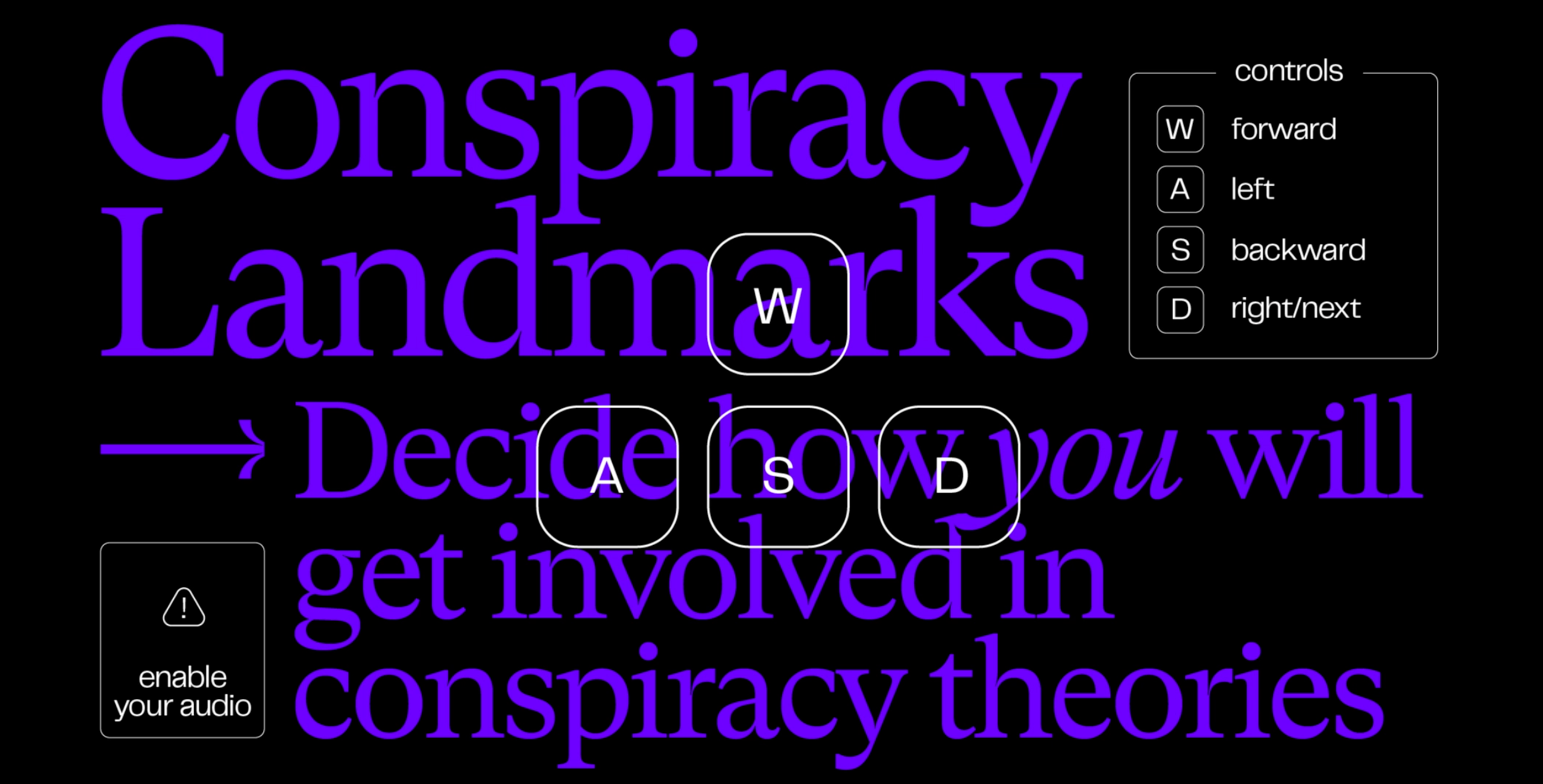All-knowing
The audience is all-knowing in the sense that they are fully aware of context, content and interaction. Through their general knowledge and by providing very clear instructions, information and very recognizable visual cues. This can be done to give the audience all the knowledge they need to follow your narrative. By giving the audience this role you take away the possibility to have strong elements of surprise in your project. But you will able to rely on the fact that they already have all knowledge to go further in depth into a subject or into interaction. It can still be really engaging, but it won’t give the audience big realizations throughout the project; you already informed them about everything. This doesn’t mean that your project will become dull, it’s a really good way to reinforce emotions and create more interest and/or enjoyment.
User
In this context a user is defined in the sense that someone interacts with something, not that it will necessarily fulfill a need that this person has. The user is someone who is presented with information in a linear or non-linear path, presented in a way that is both defined by the designer and in the way in which the user will interact. This will make the experience different for every user based on their input, but the designer still has the first hand in how different these experiences actually can be. Next to that the experiences between users can also differ through their general (intrinsic, explicit & tacit) knowledge, general interests and their willingness to interact. Interactivity can be used to give a lot of freedom to the user, or can be designed in a more static structure which will provide less options. The user’s willingness to interact depends on the threshold of the interactivity, the designer has to keep their user group and which actions they’re likely to perform in mind.
